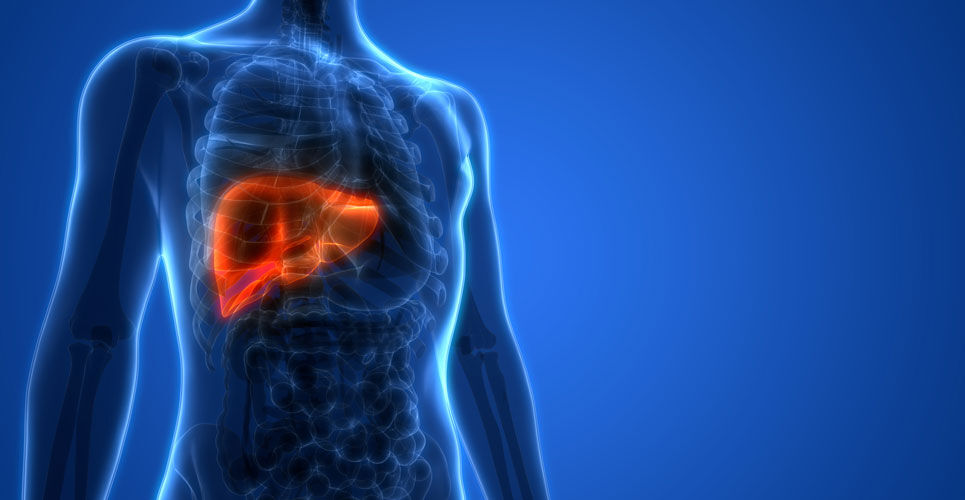The use of bulevirtide in patients with a chronic hepatitis D infection gave rise to a significant treatment response after 48 weeks, according to a recent phase 3 randomised trial.
According to a recent systematic review, an estimated 12 million people worldwide have experienced hepatitis D infection. Hepatitis D (HDV) is a sub-viral agent and unable to replicate alone. However, HDV makes use of hepatitis B surface antigen (HBsAg) to gain entry into hepatocytes and to propagate. Moreover, a chronic HDV and hepatitis B co-infection leads to more severe liver disease and an increased risk for the development of hepatocellular carcinoma.
Bulevirtide (previously known as Myrcludex B) has been shown to significantly reduce HDV RNA serum levels and induce alanine transaminase normalisation in a phase I/IIb trial. Bulevirtide inhibits the entry of HVD into hepatocytes and is currently, approved by the EMA for treatment of chronic HDV infection in plasma (or serum) HDV-RNA positive, adult patients with compensated liver disease.
Despite the EMA approval, there is still limited clinical data available for the drug. As a result, the current study, published in the New England Journal of Medicine, reported on the interim findings from an on-going phase 3 trial in patients suffering from chronic hepatitis D, with or without compensated cirrhosis.
Participants were randomised 1:1:1 to either subcutaneous bulevirtide 2 mg daily or 10 mg daily for 144 weeks, or a control group. This latter group received no treatment for 48 weeks followed by bulevirtide subcutaneously at a daily dose of 10 mg for 96 weeks.

The primary endpoint was a combined viral and biochemical response at week 48. This comprised an undetectable HDV RNA level, or a level that decreased by at least 2 log10 IU per ml from baseline (i.e. the viral endpoint) and normalisation of the ALT level.
Bulevirtide and hepatitis D levels
There were 150 patients included in the trial. Some 49 patients were assigned to receive 2 mg of bulevirtide, 50 to 10 mg with the remainder assigned to the control arm.
The primary combined endpoint response occurred in 45% of those in the 2 mg dose, 48% in the 10 mg dose, but only 2% of those in the control arm (p < 0.001 for each dose comparison with the control group).
The HDV RNA level at week 48 was not detected in 12% of those receiving the 2 mg dose and 20% of those in the higher dose group although this difference was non-significant (p = 0.41). While the ALT level normalised in 12% of control group patients, normalisation occurred in 51% and 56% of participants in the 2 mg and 10 mg groups respectively.
In addition, a virologic response, i.e. an undetectable HDV RNA level or a level that decreased by ≥2 log10 IU per ml, at week 48 occurred in 71% in the 2 mg and 76% in the 10 mg group compared to only 4% in the control arm.
The researchers reported that the current trial is ongoing to further address the efficacy, safety and side-effect profile of long-term (up to three years or 144 weeks) bulevirtide therapy.

